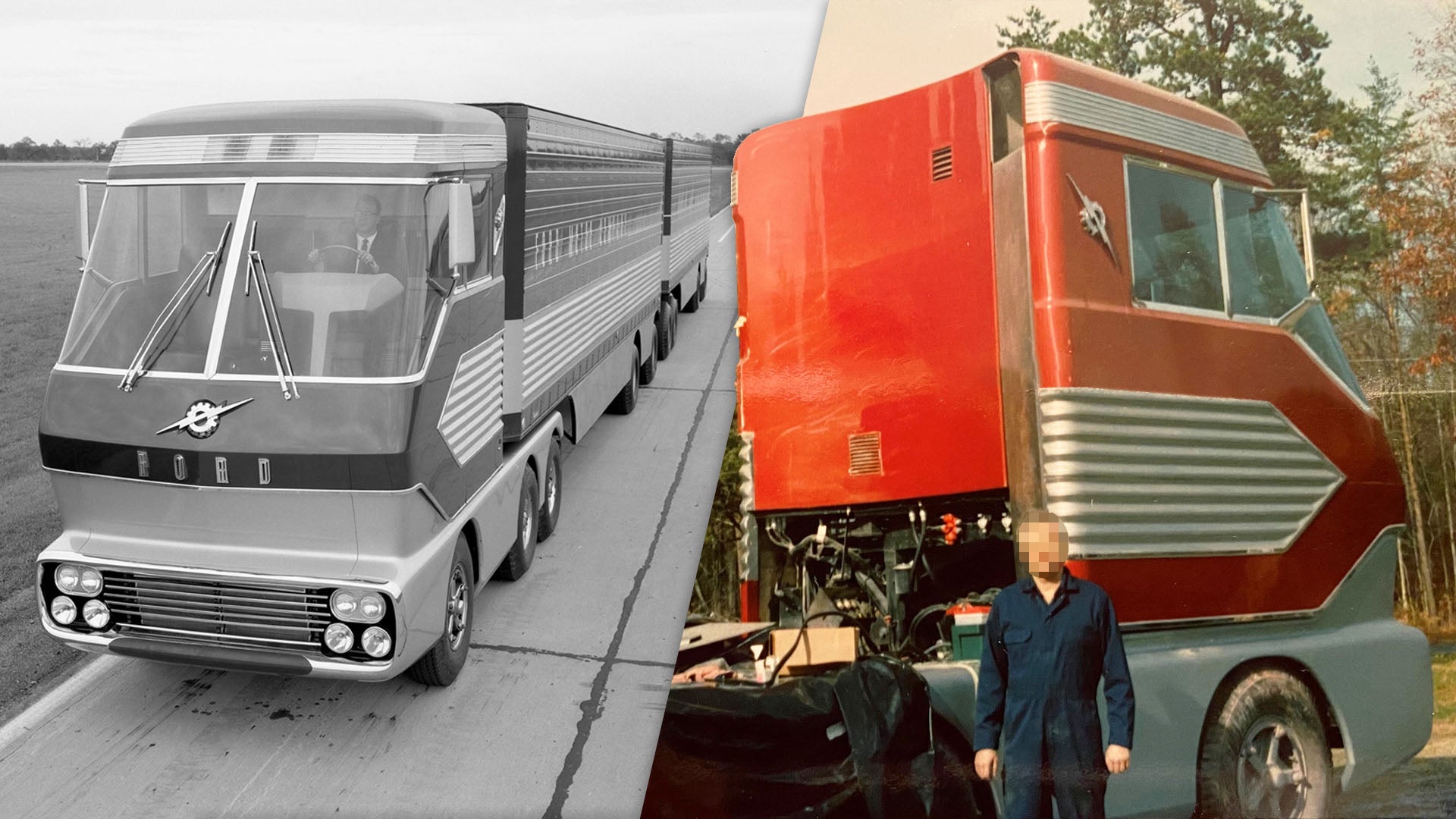OK guys will start this off at the beginning, will try to stay on subject. Let me know if I veer off too far.
I was bracket racing a 1966 Mustang coupe and was thinking of moving up to Stock or Super Stock, was always a Ford guy and Mustangs were my favorite. I bought a 70 Boss 302 in 1974 with thoughts of turning it into a stocker but after watching National Dragster, magazines and any other information at the time it didn't seem like they were doing well. Of course, you couldn't ignore what the Cobra Jets were doing, so my plans changed. I had seen 2 CJ Mustangs running at Southwinds, a red 1969 running a high compression lightweight valve motor in SS/G and a blue 70 called 'Power Horse' running a Holbrook low compression heavy valve motor in SS/H. Both cars were out of Minot ND. I talked with the owners and found out the 70 was for sale. I 'negotiated' with Bruce for a time but before I made a deal it had sold (went back on the street in Minot). I was bummed but got a call from Bruce not long after with the news Larry (the owner of the 69) had lost interest in the Mustang and it was now for sale (he was good friends with the Beauchemins and ran a BB/A after). Good news was Bruce kept his drivetrain (Holbrook motor) and had put it in the car and was running it. Made a deal quickly for the 69 body and the heavy valve Holbrook motor. The deal came with a few complete 9" N pumpkins with various gear sets, extra set of wheels and tires and other spare parts. Another important part of the deal was Larry would deliver the car to Canada. After talking with the Portal border people and getting what I needed in place to cross with the car, I flew to Minot the day after Christmas and we crossed the border Dec. 27th.

I'm not sure when I was told more details about this Mustang as I made the deal quickly after losing the 70, but some of the highlights I remember was there was a $1 bill of sale from Ford Motor Company and the car had Chrysler Super Stock springs which was kind of odd at the time. The picture below is how the Mustang looked when I bought it, running against I think his name was Tom Edwards in the Wheeler Dealer car.

Will leave it here, finger tired now. Promise to get into the 'good stuff' next.
I was bracket racing a 1966 Mustang coupe and was thinking of moving up to Stock or Super Stock, was always a Ford guy and Mustangs were my favorite. I bought a 70 Boss 302 in 1974 with thoughts of turning it into a stocker but after watching National Dragster, magazines and any other information at the time it didn't seem like they were doing well. Of course, you couldn't ignore what the Cobra Jets were doing, so my plans changed. I had seen 2 CJ Mustangs running at Southwinds, a red 1969 running a high compression lightweight valve motor in SS/G and a blue 70 called 'Power Horse' running a Holbrook low compression heavy valve motor in SS/H. Both cars were out of Minot ND. I talked with the owners and found out the 70 was for sale. I 'negotiated' with Bruce for a time but before I made a deal it had sold (went back on the street in Minot). I was bummed but got a call from Bruce not long after with the news Larry (the owner of the 69) had lost interest in the Mustang and it was now for sale (he was good friends with the Beauchemins and ran a BB/A after). Good news was Bruce kept his drivetrain (Holbrook motor) and had put it in the car and was running it. Made a deal quickly for the 69 body and the heavy valve Holbrook motor. The deal came with a few complete 9" N pumpkins with various gear sets, extra set of wheels and tires and other spare parts. Another important part of the deal was Larry would deliver the car to Canada. After talking with the Portal border people and getting what I needed in place to cross with the car, I flew to Minot the day after Christmas and we crossed the border Dec. 27th.
I'm not sure when I was told more details about this Mustang as I made the deal quickly after losing the 70, but some of the highlights I remember was there was a $1 bill of sale from Ford Motor Company and the car had Chrysler Super Stock springs which was kind of odd at the time. The picture below is how the Mustang looked when I bought it, running against I think his name was Tom Edwards in the Wheeler Dealer car.
Will leave it here, finger tired now. Promise to get into the 'good stuff' next.


